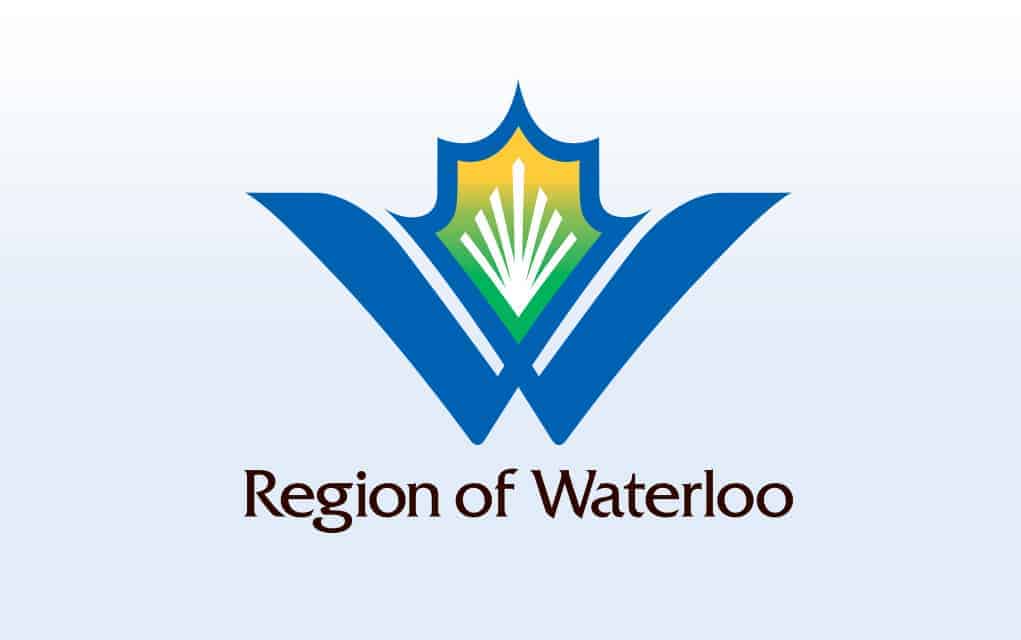While the province last week approved the regional official plan (ROP), it also made several changes, most notably opening up much larger swathes of land for development.
The province included 12 modifications to the region’s official plan, forcing the region to open up an additional 5,900 acres of land for development, including areas in Woolwich and Wellesley townships.
All the land up to the countryside line is now considered urban area open for development. According to the regional official plan, the countryside line represents the, “long-term boundary between the existing urban area/township urban areas and the countryside.”
Established in 2003, the countryside line acts to protect the cultural, economic and environmental heritage of rural lands from urban sprawl. The goal is to keep rural settlements distinct.
“What they’ve done is they took all the land inside our countryside line that was designed to last for the next five generations or as far in the future as we could stretch it, and they’re using it all up in one go here,” said Kevin Thomason, vice chair of the Grand River Environmental Network, a group which advocates against urban sprawl.
“Every square inch of it is being designated and the Premier said ‘Go ahead, you can build on it right away.’ Not exactly what we had planned on. The countryside line was very much to be our land bank and the reserve that we would draw very judiciously from for generations.”
The notice of decision from the Ministry of Municipal Affairs and Housing states the decision is final and not subject to appeal.
The additions include opening up land throughout the region. In Woolwich Township, that included lands on Farmers Market Road designated for business, and a change stating the township must review and update its phasing and staging of development policies to expedite development applications for housing projects. There are more additions in Elmira and Breslau, particularly near the airport, which is earmarked for industrial uses.
“The changes to the regional official plan will add additional land to the settlement areas in St. Jacobs, Elmira and Breslau,” said Deanne Friess, Woolwich’s director of development services. “The township will need to work with the region and adjacent municipalities to plan for servicing of these lands and through the official plan review we will plan for land uses and road networks.
“The development of the land will be contingent on planning for the infrastructure needed but we still need to have further discussions on timing and responsibilities.”
Mike Harris, MPP for Kitchener-Conestoga, said the province decided to go with a higher growth model than the region had planned.
“We know that the population of Waterloo Region is expected to grow to 923,000 people by 2051. That is why, after careful consideration, the minister for Municipal Affairs and Housing is taking the necessary action to ensure this significant growth could be accommodated by adding a 2,380-hectare settlement boundary expansion throughout the region and allowing for more desperately needed housing to be built,” he said.
When asked how the province will ensure the houses built on the greenfield space will be affordable, he responded, “It’s important to remember that everyone should have a choice as to where they want to call home, some may want to live in a condo or stacked town, some may prefer a single-family home, and it’s incumbent on government and community builders to make sure that all options are available. Supply and demand will ultimately dictate price, as well as other market factors like interest rates.”
When asked how the province will ensure the protection of the countryside line, Harris responded, “Our government will continue to work with the region and other municipal partners to ensure we are doing all we can to protect the natural heritage and way of life here in Waterloo Region.”
Friess said planning staff are still working to understand the information provided by the province and will be giving a report to council in May.
A planning report from the Planning Commissioners of Ontario released last month stated that 1.25 million homes are already approved in the province, which makes up most of the province’s goal to build 1.5 million homes without needing to open up more land.









